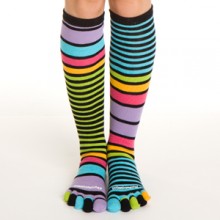Disruptive thinking: Optimism in action
Disruptive thinking is what we should be doing at the top of our game, when we’re full of energy and optimism. It’s a unique way to analyze your possibilities. It opens you’re thinking to create new possibilities (products or product lines) —quite fascinating.
Unfortunately, there are many people who are unwittingly immersed in emotional spaces which hold them back. Resentment, resignation, grief, including tradition may be some of these hidden culprits.
For instance, in our culture it’s traditionally more acceptable for women to cry. On the other hand, men are freer to express their anger. So, it’s not uncommon to find in our society women who have a problem answering back in an upsetting discussion, and instead cry about it.
I’m fascinated by the fact that these negative emotional barriers are transparent to their tenants. They do not see what’s holding them back.
Let’s fast forward and imagine that we’re free of these emotional iron balls, and that we have at our disposal our full energy potential.
It’s interesting to acknowledge that in this very positive and optimistic mood, we are still required to exert an effort to visualize our possibilities. It’s not a free ride to see the wide spectrum of our possibilities.
Disruptive thinking is the extreme sport in visualizing your possibilities. It’s an exercise that triggers innovation. It’s not about making the same thing incrementally better, but, doing it differently. It presses you to find new ways or to stretch yourself into new subsets of what you have been doing.
In essence, you ask yourself what would happen if you did the opposite of what you are doing, of the accepted conventions or the status quo, and also ask which market values this innovation.
Think of the guy who came up with the idea of selling “mismatched socks.” He found this disruptive idea, and the 12-14 year old girl market that values this product.
To get an explanation from the horse’s mouth, I suggest you view this Luke William video, professor at NYU and author of the book Disrupt.

